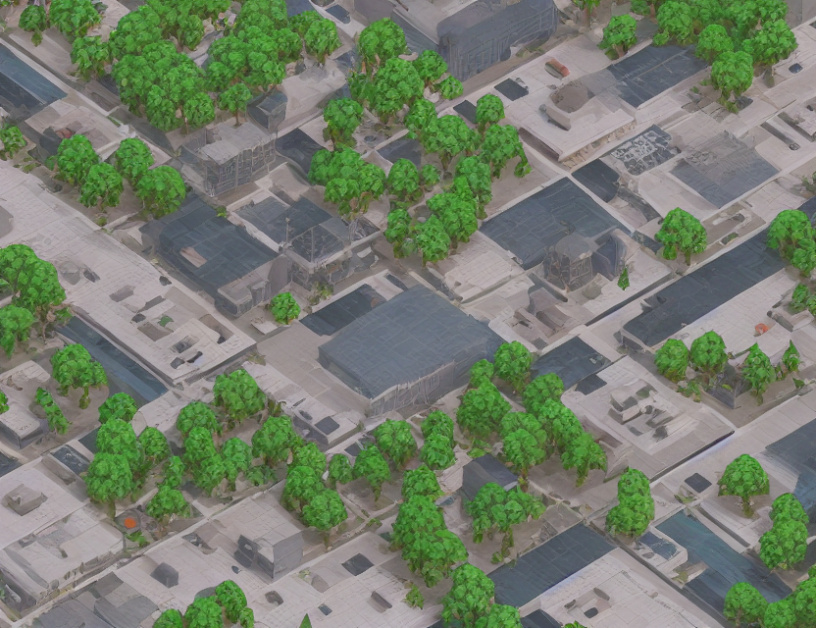In this article, we delve into the realm of incremental learning for semantic segmentation, a crucial task in computer vision. Incremental learning involves updating an existing model with new data without forgetting previously learned information, which is particularly useful when dealing with constantly changing scenarios like autonomous driving.
To tackle this challenge, researchers have employed various techniques, including classification, transfer learning, and attention mechanisms. These methods enable the model to detect deviating surfaces more accurately (Aslam et al., 2020; Wu and Lv, 2021) and improve segmentation by leveraging the U-Net architecture (Ronneberger et al., 2015). The U-Net automatically extracts features from images of faces, which are then used to make predictions with higher accuracy. Attention mechanisms, like those employed in the model’s architecture (Vaswani et al., 2017), can lead to even more accurate predictions (Pan and Zhang, 2022; ¨Uzen et al., 2022).
EfficientNet, a scaling framework for convolutional neural networks (CNNs), is also explored in the article. By rethinking model scaling, Tan et al. (2019) were able to create more accurate and efficient models. This is particularly useful in computer vision tasks like semantic segmentation, where accuracy is crucial.
To prune filters for efficient CNNs, Li et al. (2016) proposed a method that uses connection sensitivity. By pruning filters, the model becomes more efficient without sacrificing accuracy. This approach has been used in various applications, including autonomous driving.
Another important aspect of incremental learning is the ability to adapt to changing data distribution. To address this challenge, researchers have proposed various methods, such as Tversky loss function (Salehi et al., 2017), which uses a novel loss function to improve image segmentation using 3D fully convolutional deep networks.
In summary, incremental learning is crucial in computer vision tasks like semantic segmentation, where models must adapt to changing data distribution without forgetting previously learned information. Various techniques, including classification, transfer learning, attention mechanisms, and filter pruning, have been proposed to address this challenge. By leveraging these techniques, researchers can create more accurate and efficient models for a wide range of applications, including autonomous driving.
Computer Science, Computer Vision and Pattern Recognition
Efficient and Adaptive Semantic Segmentation with Incremental Learning



